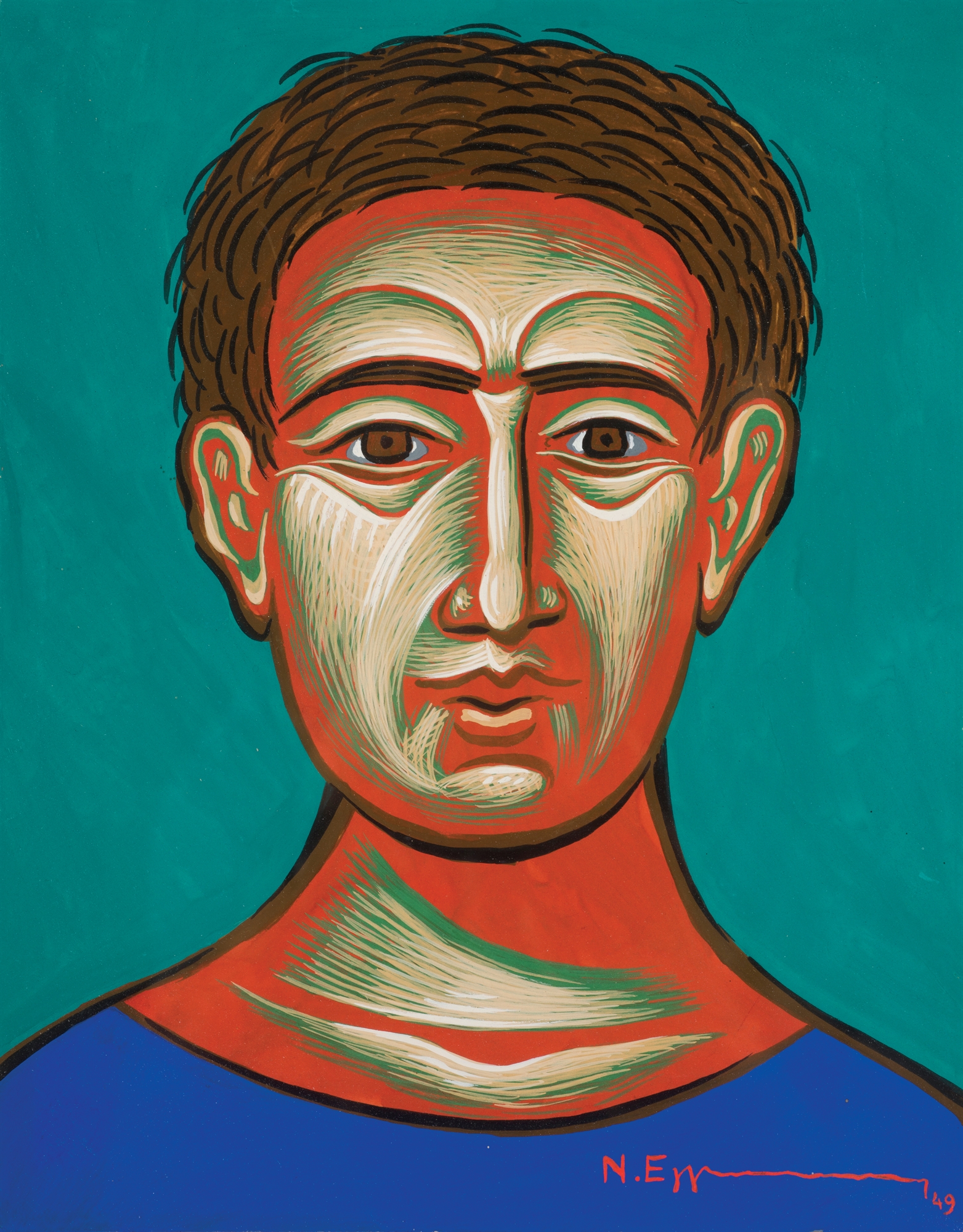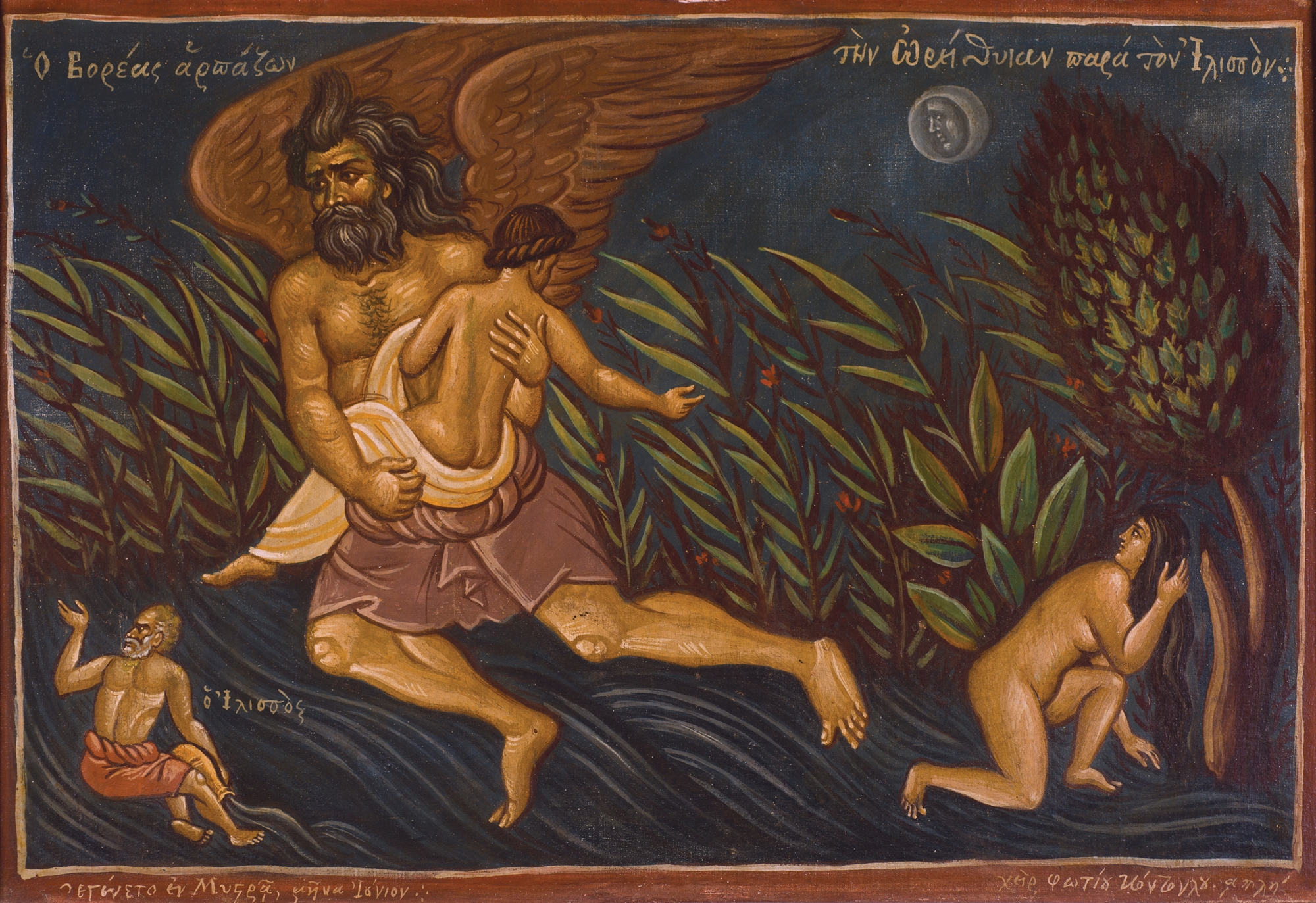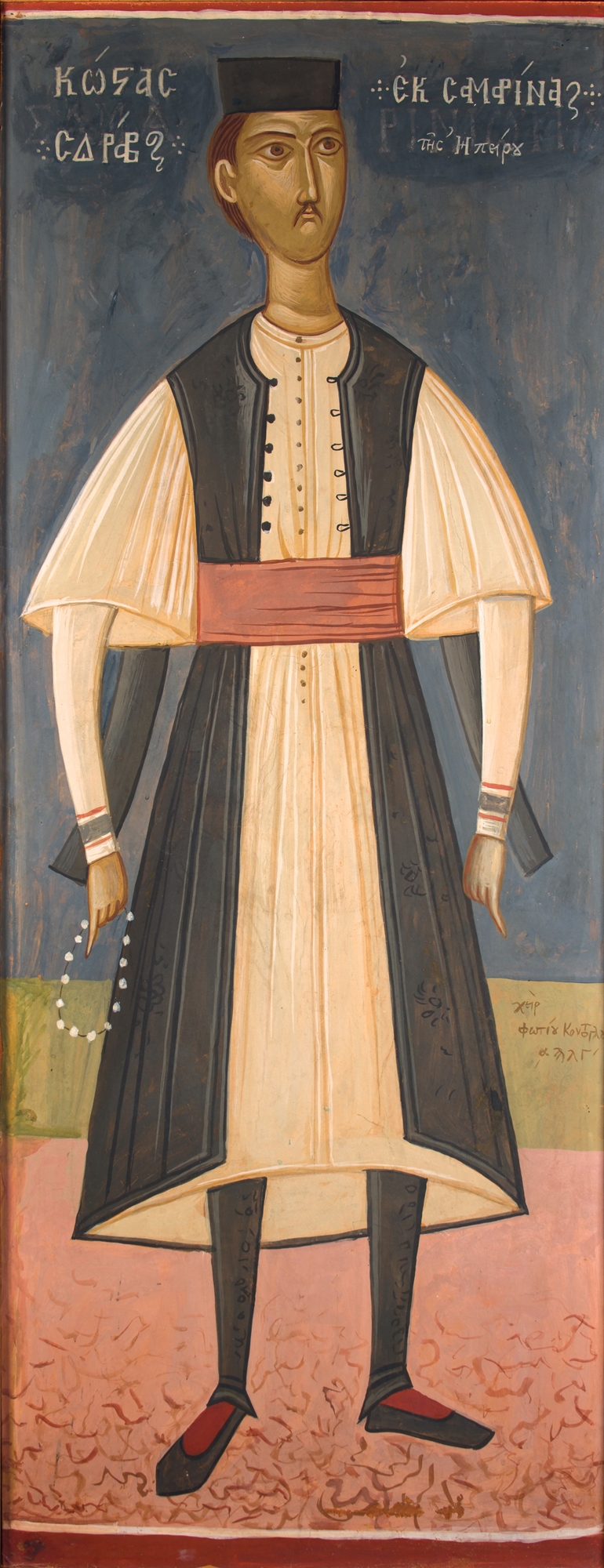
“I met him when I was 16, I visited him for the first time in Patisia. […] I want to see up close the man who illustrated the tales of the Great One and wrote these sensational journeys to Greece,” noted Yannis Tsarouchis, explaining why he turned to his future teacher. Describing his starting point, Nikos Engonopoulos would say that “I went to him, a young enthusiast, to be baptized in the threads of the Roman tradition, from which I was in danger, because of bad associations, to leave forever.” .
And he, Fotis Kontoglu, who had both of them as “protocles” when he painted the walls of his house in Patisia in 1932, would later write about his work: “From 1922 you settled in Greece, worked intensively in terms of the contribution of the Greek tradition in the formation of modern Greek art”.
The large exhibition “Fotis Kontoglu and his influence on the younger generation”, which is organized by the Museum of the Vassilis and Eliza Goulandris Foundation from now until December 12, within the framework of the anniversary of the catastrophe in Asia Minor, is also developing in two sections above. The first part, as Kyriakos Koutsomallis, curator and CEO of the Goulandris Foundation, said at yesterday’s exhibition presentation, shows that Kontoglu himself, “with his unstoppable emotional sensitivity, with the energy of his narrative speech, his design skill and his painting lyricism of his creditor, he proved to be an awakener national self-consciousness and the liturgical art of Orthodoxy. However, the most original part of the exhibition, continued Mr. Koutsomallis, is that “we collate in Kontoglu’s works the influences that subsequent generations received from the famous master, how they used them and how they attributed them.”

“He didn’t have a degree in painting, but he was recognized as one of the greatest teachers,” art critic Spyros Mosonas said.
So it is really interesting to observe a more or less distinct conversation between the portrait of Terpandros from Lesbia by Kontoglou and the portrait of Engonopoulos, entitled “Hero of the Revolution”; in the landscapes of Agia Paraskevi in Ayvali, the birthplace of Kontoglu, and in others by Yiannis Tsaruchis, entitled “Saint Soteir”, in the works “Beautiful Cleopatra of Egypt” and “The New Head” by Yiannis Moralis, and also between “Evangelism” 1963 and 2010 Mr. Giorgos Kordis; between the Plan for the Decoration of the Town Hall (a work of monumental proportions commissioned by Kontoglu from the Athens City Council in 1937) and the River of Life, which he created in 2021-2022 by Kostas Papanikolaou.

great teacher
“He didn’t have an artist’s degree, but he was recognized as one of the greatest teachers,” said University of Athens art historian Spyros Moskhonas at the presentation, explaining how, through Tsarouhis, Kontoglu influenced Dimitris Papaioanna as well. Out of a total of 39, “the exhibition includes 24 living artists representing all generations, from Yiannis Mitrakas and Sotiris Sorogas to Phikos, the youngest, born in 1987,” said art historian Giorgos Mylonas. He adds that all currents of modern Greek painting are represented, from icon painters such as Giorgos Kordis to artists such as Stelios Faytakis who have established themselves through street art. And Dimitris Pavlopoulos, professor of art history at the University of Athens, emphasized that Kontoglu himself, “like Byzantine and post-Byzantine artists, did not sign his works. He wrote “in the hand of Fotis Kontoglu” because instead of recommending himself, he believed that divine inspiration was guiding his creation.”

We are talking about the artist, who, as Mr. Koutsomallis used to say, “put forward the dominant demand for freedom from guardianship and dependence on the artistic movements of the West.” For him, the tradition had to be worthy of the Greeks “and be in inseparable unity with the Orthodox dogma.” This vision was caused by anything but ignorance of the Western trends of the time – Kontoglu traveled and lived in Paris. And finally, it was a vision that, through the seven sections of the exhibition (“First Disciples”, “Myths and Heroes”, “Portraits”, “Topographies”, “Drying”, “Temple Stories”, “Iconography”), in total 135 of her works, her 400-page catalog reveals her complex artistic and historical aspects.

Source: Kathimerini
James Springer is a renowned author and opinion writer, known for his bold and thought-provoking articles on a wide range of topics. He currently works as a writer at 247 news reel, where he uses his unique voice and sharp wit to offer fresh perspectives on current events. His articles are widely read and shared and has earned him a reputation as a talented and insightful writer.